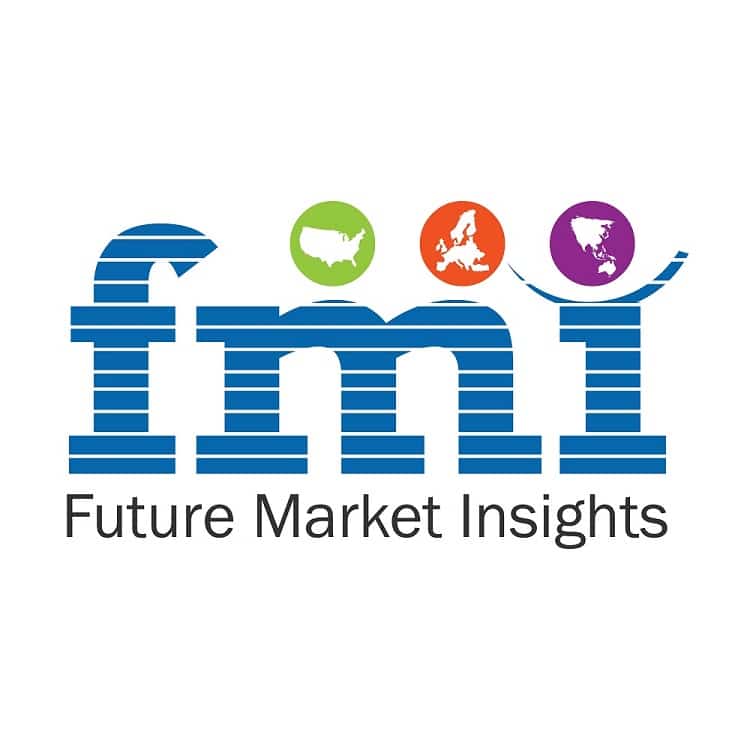Chronic Pulmonary Hypertension Treatment Market to 2033 – Global Analysis and Forecasts by Types, Technologies, Applications and End-User Verticals

A report published by Future Market Insights predicts that the Chronic Pulmonary Hypertension Treatment Market will reach a valuation of US$ 7 billion in 2023 and is expected to accumulate a market value of US$ 11.4 billion by registering a CAGR of 5% in the forecast period 2023 to 2033. The market is expected to witness significant growth in the coming years, driven by the increasing prevalence of pulmonary hypertension and the growing availability of effective treatment options.
Pulmonary hypertension is a condition in which the blood pressure in the pulmonary artery, which carries blood from the heart to the lungs, becomes abnormally high. This can cause the right side of the heart to work harder, leading to heart failure if left untreated. Pulmonary hypertension can be caused by a variety of factors, including genetics, heart and lung disease, and exposure to certain drugs or toxins.
Request Sample Report@ https://www.futuremarketinsights.com/reports/sample/rep-gb-16779
One of the key drivers of the chronic pulmonary hypertension treatment market is the increasing prevalence of the disease. According to the Pulmonary Hypertension Association, an estimated 10-15% of patients with chronic obstructive pulmonary disease (COPD) and 30-40% of patients with idiopathic pulmonary fibrosis (IPF) develop pulmonary hypertension. The prevalence of pulmonary hypertension is also higher among patients with connective tissue diseases, such as scleroderma and lupus.
Another factor driving the growth of the chronic pulmonary hypertension treatment market is the availability of effective treatment options. Several medications have been approved by regulatory authorities for the treatment of pulmonary hypertension, including prostacyclins, endothelin receptor antagonists, and phosphodiesterase type 5 inhibitors. These medications work by dilating the blood vessels in the lungs, reducing the pressure in the pulmonary artery and improving blood flow.
Additionally, the growing awareness of pulmonary hypertension among healthcare professionals and patients is expected to drive the demand for effective treatment options. Pulmonary hypertension is often misdiagnosed or underdiagnosed, and increasing awareness of the disease can help ensure that patients receive timely and appropriate treatment.
Key Takeaways from the Market Study
- From 2018 to 2022, the Chronic Pulmonary Hypertension Treatment market grew at a CAGR of 3.5%.
- The global Chronic Pulmonary Hypertension Treatment market is expected to grow with a 5% CAGR during 2023 to 2033.
- As of 2033, the Chronic Pulmonary Hypertension Treatment Market is expected to reach US$ 11.4 Billion.
- According to the FMI analysis, the oral route of administration accounts for the largest market share.
- North America is expected to possess 40% market share for the Chronic Pulmonary Hypertension Treatment market.
- The East & South Asia market is predicted to increase significantly throughout the forecast period, with a share of 20% during the forecast period.
“A series of international level collaborations involving healthcare stakeholders across various institutional settings are fueling further clinical trials and research studies dedicated to discovering chronic pulmonary hypertension treatment,” says an FMI analyst
Market Competition
Key players in the market include companies such as Bayer, Attgeno AB, Cereno Scientific AB, Bial – Portela C S.A, Liquidia Technologies, Bellerophon Therapeutics, AbbVie Therapeutics, Insmed, Altavant Sciences, Lupin Pharmaceuticals, Inc., Sun Pharmaceutical Industries, Inc., Teva Pharmaceutical Industries Ltd., along with healthcare providers and technology companies among other global players.
- In June 2022, Gossamer Bio, Inc., a clinical-stage biopharmaceutical company that specializes in discovering, acquiring, developing, and commercializing therapeutics in the areas of immunology, inflammation, and oncology, announced the release of crucial preclinical data that supports the potential of seralutinib in treating pulmonary arterial hypertension (PAH). The article, titled “Inhaled Seralutinib Exhibits Potent Efficacy in Models of Pulmonary Arterial Hypertension,” is available online and will be included in a future printed edition of the European Respiratory Journal, which is the premier scientific journal of the European Respiratory Society.
Key Segments Profiled in the Chronic Pulmonary Hypertension Treatment Industry Survey
By Drug Type:
- Endothelin Receptor Antagonists
- PDE-5 Inhibitors
- Prostacyclin Analogs
- SGC Stimulators
By Route of Administration:
- Oral
- Intravenous/Subcutaneous
- Inhalational
By Distribution Channel:
- Hospital Pharmacies
- Retail Pharmacies
- Online Pharmacies
More Insights Available
FMI, in its new offering, presents an unbiased analysis of the global chronic pulmonary hypertension treatment market, presenting historical analysis from 2018 to 2022 and forecast statistics for the period of 2023 to 2033.
The study reveals essential insights on the basis of drug type, distribution channel, route of administration & region.
